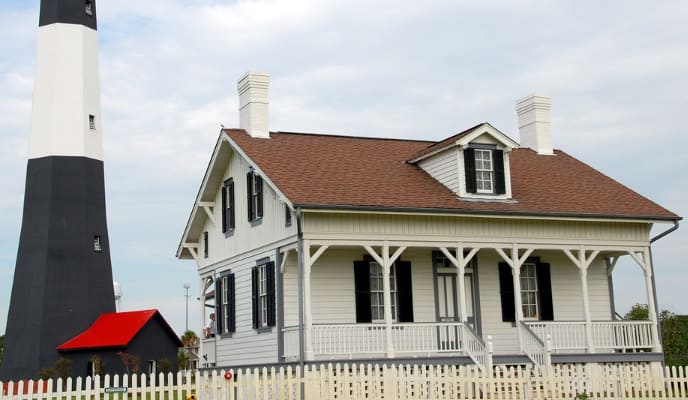5 Important Factors to Consider Before Building Your Own Tiny Home
The allure of tiny home living has captured the interest of many seeking a simpler, more sustainable lifestyle. Building your tiny home can be exciting, offering the freedom to design a space that perfectly suits your needs and desires. However, this process requires careful planning and consideration. Before you dive into the world of tiny home construction, it’s crucial to understand the key factors that will ensure your project’s success. Here, we explore five important considerations before building your tiny home.
Legal Requirements and Zoning Laws

The first and most important factor to consider is the legal landscape surrounding tiny homes. Zoning laws and building codes vary widely from one location to another and can significantly impact where and how you build your Tiny House Plans. Researching local regulations ensures your tiny home complies with all legal requirements. This may include restrictions on minimum dwelling size, utility hookups, and where tiny homes can be located. Understanding these regulations early can save you time, money, and legal issues.
Budget and Financing
Building a tiny home is generally less expensive than a traditional house but still requires a well-thought-out budget. Determine how much you can afford to spend and plan for all potential expenses, including materials, labor, permits, and unexpected costs. Financing options for tiny homes can be limited compared to traditional mortgages, so explore different avenues such as personal loans, RV loans, or savings. A detailed budget will help keep your project on track and prevent financial stress.
Design and Layout
The design and layout of your tiny home are critical to making the most of the limited space. When planning the layout, consider your lifestyle and daily routines. Prioritize multifunctional furniture and built-in storage solutions to maximize efficiency. Think about the flow of the space, natural light, and ventilation to create a comfortable living environment. Investing time in thoughtful design will ensure your tiny home is functional and aesthetically pleasing.
Utility Connections and Off-Grid Options

Another crucial consideration is how your tiny home will handle utilities. If you plan to connect to municipal water, sewer, and electricity, ensure your design accommodates these hookups. Alternatively, consider an off-grid lifestyle and research options for solar power, composting toilets, and rainwater collection systems. Each choice has implications for your design and budget, so choose the solution that best fits your lifestyle and location.
Mobility and Foundation
Determine whether your tiny home will be mobile or stationary. A tiny home on wheels offers the flexibility to move and explore different locations, but it also requires weight, towing, and consideration of road regulations. On the other hand, a stationary tiny home can be built on a permanent foundation, providing more stability and potentially greater resale value. Assess your long-term plans and lifestyle preferences to decide which option is right for you.
Building your own tiny home is an exciting and rewarding endeavor that offers numerous benefits, from financial freedom to a more sustainable lifestyle. By carefully considering legal requirements, budgeting, design, utilities, and mobility, you can ensure a smooth construction process and create a tiny home that perfectly suits your needs. With thoughtful planning and attention to detail, your tiny home can become a cozy, efficient, beautiful sanctuary reflecting your values and lifestyle.

